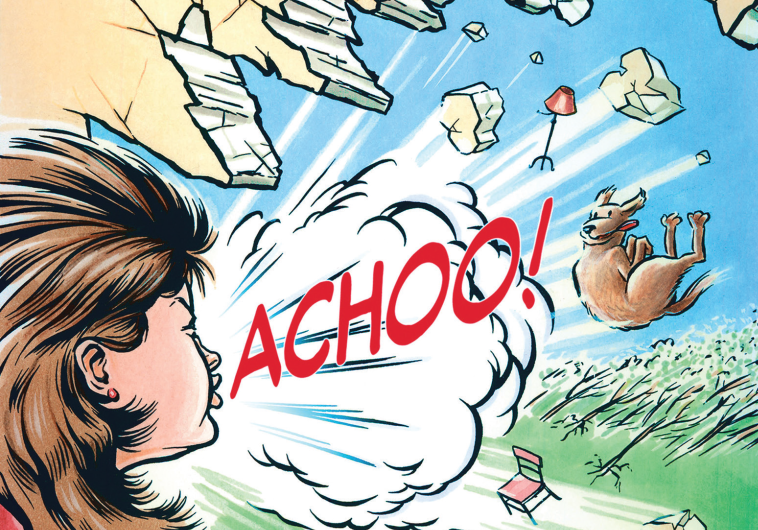Everything you always wanted to know about sternutation but were too sneezy to ask
The banal phenomenon of sneezing is analyzed in depth by a former Russian-immigrant neurologist’s Hebrew-language book.
 Hit’atshut: Biosemiotica Shel Hahayim Habanaliyim (The Sneeze: Biosemiotics of Banal Life)
Hit’atshut: Biosemiotica Shel Hahayim Habanaliyim (The Sneeze: Biosemiotics of Banal Life)